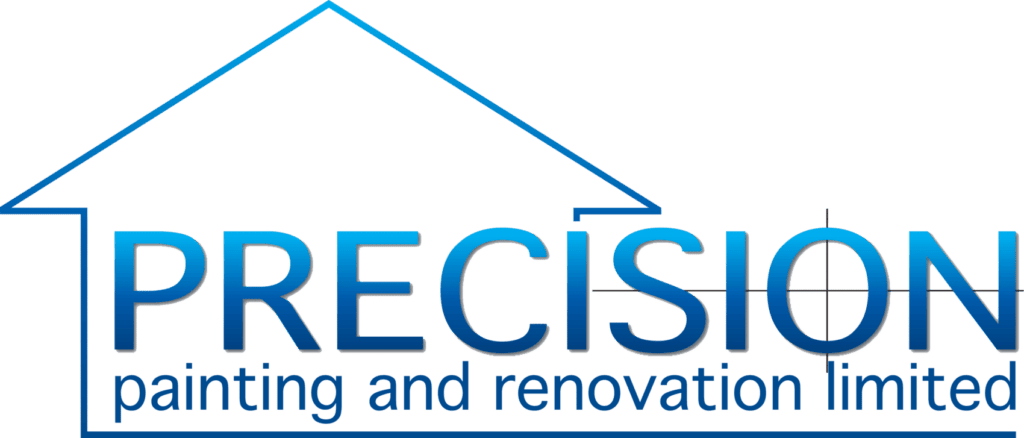When investing in Commercial Painting Services, ensuring the final work meets the highest standards is crucial. A fresh coat of paint can instantly transform a building’s appearance, protect surfaces, and extend the lifespan of walls and structures. However, even the most skilled painters can overlook minor imperfections or areas that require touch-ups. Identifying the right person or team to conduct a post-completion inspection is essential for achieving both aesthetic and functional excellence.
The Role of a Project Manager
For larger commercial painting projects, the project manager who oversaw the work is often the first line of inspection. Their responsibilities include:
-
Reviewing the overall adherence to the original plan and specifications.
-
Ensuring that color schemes, textures, and finishes align with client expectations.
-
Checking that surfaces were properly prepped and primed before painting.
-
Coordinating any necessary touch-ups or corrections before the client’s final walkthrough.
Project managers are familiar with every phase of the painting process, which makes them capable of identifying subtle inconsistencies that may not be immediately noticeable.
Hiring a Third-Party Inspector
Engaging an independent inspector can add an unbiased layer of quality control. Their expertise may include:
-
Assessing paint adhesion and coverage quality.
-
Identifying potential moisture or surface issues that could lead to peeling or bubbling.
-
Verifying compliance with safety standards and building codes.
A third-party inspection is particularly valuable in high-stakes environments such as healthcare facilities, industrial spaces, or commercial buildings with high foot traffic.
Internal Facility Maintenance Teams
For organizations with in-house maintenance personnel, their involvement in inspecting a new paint job can be advantageous:
-
They are familiar with the building’s surfaces and can spot deviations from expected durability.
-
They can provide ongoing monitoring, spotting issues that may develop weeks or months after the project.
-
Their feedback helps ensure that the paint job aligns with long-term maintenance and cleaning practices.
Role of the Building Owner or Manager
Owners or property managers should actively participate in the inspection process, even if they are not paint experts:
-
Conducting a visual walkthrough to identify obvious imperfections.
-
Confirming that all areas, including corners, trims, and ceilings, meet expectations.
-
Discuss any concerns with the project team before signing off on completion.
Their approval is often the final step before declaring the project complete, making their input critical.
Using Technology for Inspection
Modern tools can enhance the inspection process, ensuring no detail is overlooked:
-
Moisture meters: Detect hidden dampness that could cause paint failure.
-
High-resolution cameras: Capture imperfections not visible to the naked eye.
-
Color-matching devices: Ensure consistency across large surface areas.
These tools are increasingly used by inspectors, project managers, and quality assurance teams to guarantee precision and long-lasting results.
Checklist for Post-Paint Inspection
A structured checklist helps maintain objectivity during inspection:
-
Ensure even coverage without streaks, roller marks, or drips.
-
Verify that all primer layers are fully covered.
-
Check edges, corners, and trims for missed spots.
-
Confirm adherence to the approved color palette.
-
Assess surfaces for smoothness and uniform texture.
-
Test high-traffic areas for durability and scratch resistance.
Following a checklist ensures nothing is overlooked and provides documentation for future reference.
Common Issues to Watch For
Even after a professional paint job, several issues can arise if not properly inspected:
-
Peeling or flaking paint: Often caused by insufficient surface preparation or moisture.
-
Uneven gloss or sheen: Indicates inconsistent application or improper drying times.
-
Color inconsistencies: Result from mixing errors or batch differences.
-
Missed areas: Small spots around trims, vents, or corners can detract from the overall finish.
Recognizing these problems early allows for prompt corrective action.
Safety and Compliance Checks
Inspection is not solely about aesthetics; safety is equally important:
-
Confirm that paint products used are compliant with local environmental and safety regulations.
-
Verify that proper ventilation was maintained during the painting process.
-
Check for any chemical residues that may affect indoor air quality.
By combining visual and safety inspections, commercial paint projects achieve both beauty and compliance.
Conclusion
Identifying the right parties to inspect a commercial paint job ensures quality, longevity, and client satisfaction. Project managers, third-party inspectors, in-house maintenance teams, and building owners all play unique roles in this process. When combined with modern tools and systematic checklists, these inspections provide peace of mind that the paint job meets both aesthetic and functional standards. A thorough post-completion inspection is the final assurance that investment in Commercial Painting Services delivers lasting value and protection.

